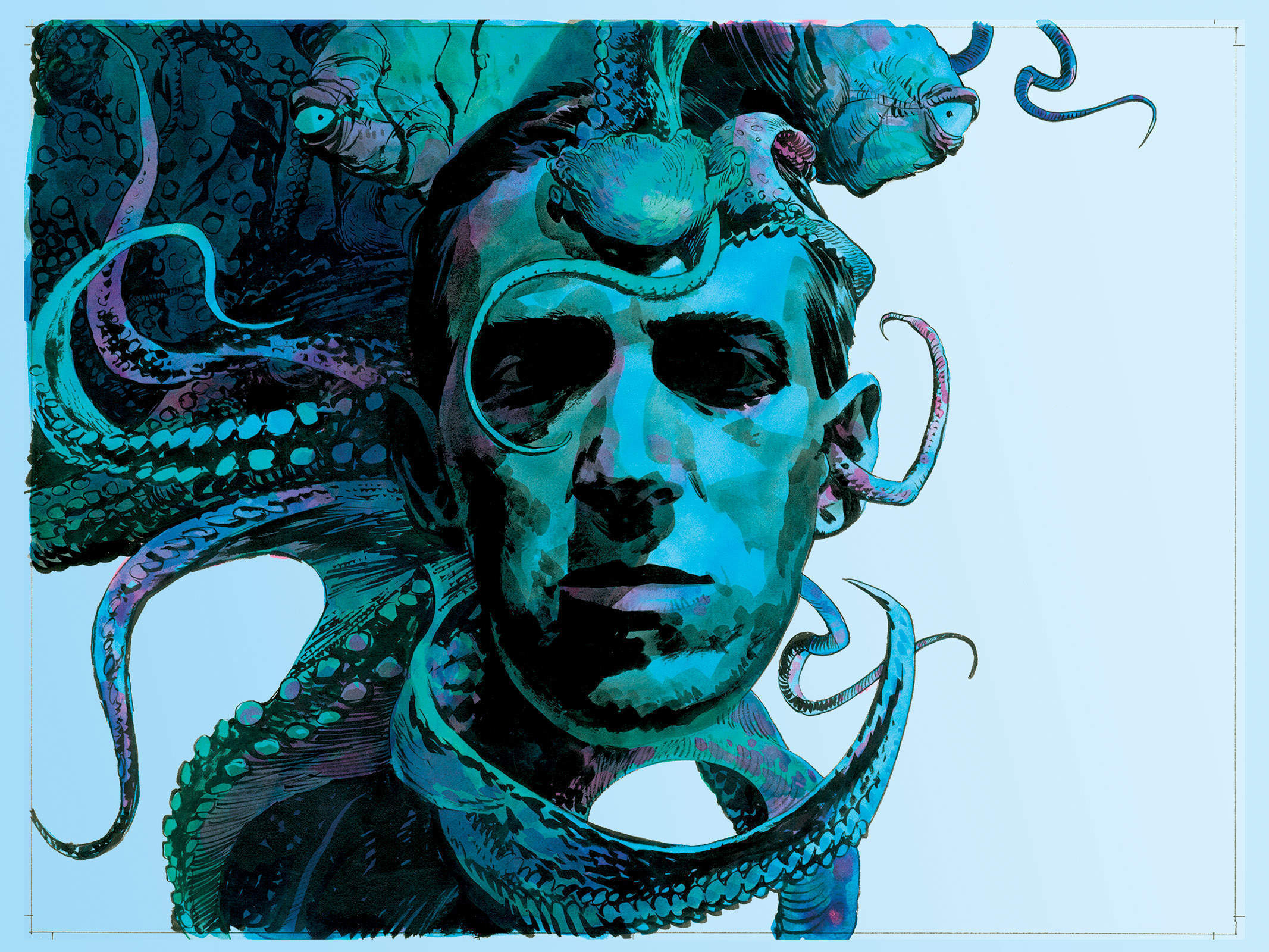Weird realism: John Gray on the moral universe of H P Lovecraft
The weird realism that runs through Lovecraft’s writings undermines any belief system – religious or humanist – in which the human mind is the centre of the universe.

New Times,
New Thinking.
The weird realism that runs through Lovecraft’s writings undermines any belief system – religious or humanist – in which the human mind is the centre of the universe.
